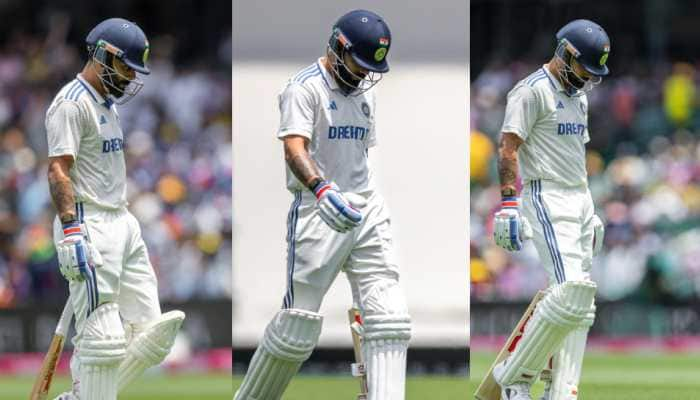Five things to know about day-night Test cricket
The first Test between New Zealand and England, starting at Eden Park in Auckland on Thursday, is the maiden day-night Test in New Zealand and only the ninth worldwide.
Trending Photos
) File photo
File photo Auckland: The first Test between New Zealand and England, starting at Eden Park in Auckland on Thursday, is the maiden day-night Test in New Zealand and only the ninth worldwide.
Here's what we have learned in the brief history of Test cricket under lights:
HOME ADVANTAGE
Sri Lanka are the only team to win a day-night Test away when they beat Pakistan by 68 runs in Dubai last year. The other seven have all been home-ground victories. Sri Lanka scored 482 and 96 against Pakistan who replied with 262 and 248.
BAGGY GREENS IN THE PINK
Australia have played the most pink-ball Tests and are also the most successful side under day-night conditions with a 4-0 record. England and South Africa have both recorded a win and a loss, while the only other successful teams are Sri Lanka (1-0) and Pakistan (1-2).
MAKING LIGHT OF DUSK
Pakistan opener Azhar Ali showed changing light conditions need not be a problem when he compiled an unbeaten 302 against the West Indies in Dubai in October 2016. He batted for nearly 11 hours for what remains the highest score in a day-night Test. But he went for two in the second innings and five in the first innings of his next Test under lights against Australia two months later.
PAKISTAN PILE ON THE RUNS
The highest score in a pink-ball Test is Pakistan's 579/3 declared in 155.3 overs when Azhar performed his heroics against the West Indies. Pakistan only managed 123 in the second innings - when Devendra Bishoo took 8/49 - but held on to win by 56 runs.
KIWIS' CALL
The first pink-ball Test was played between New Zealand and Australia at Adelaide Oval in November 2015. New Zealand won the toss, elected to bat and ended up losing by three wickets.
Stay informed on all the latest news, real-time breaking news updates, and follow all the important headlines in india news and world News on Zee News.
Live Tv







)
)
)
)
)
)
)
)
)
)
